
11 Simple Lawn Alternatives to Grass in Your Backyard
Sustainability and low-maintenance landscape areas are on the rise! Instead of embracing the typical grassy lawn areas, homeowners are coming to realize that a perfectly green lawn is not environmentally conscious. In fact, our landscape experts are in favor of embracing swapping out a typical lawn for a more sustainable alternative to grass in the backyard. During the pandemic, we are all forced to spend a little more time at home, many finding this a good opportunity to renovate their homes and landscape areas.
With sustainability increasing in importance and popularity, homeowners are starting to see the environmental and economic benefits to low-maintenance and water-saving grass alternatives. Sustainability and saving water is becoming more mainstream and homeowners are thinking twice about what it means to have a full-sized green lawn, compared to some grass lawn alternatives that positively benefit the environment and the ecosystem as a whole.
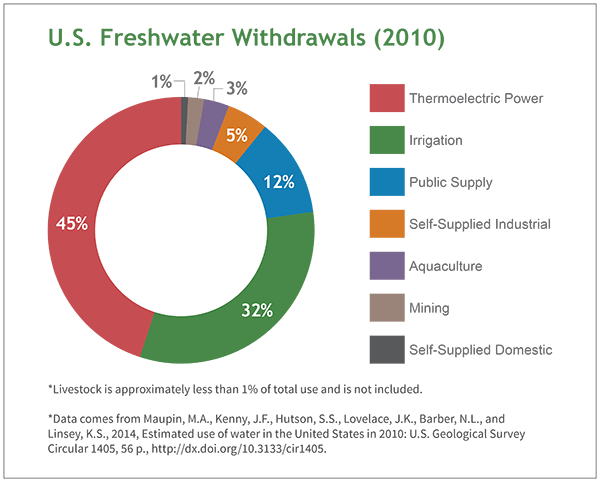
Why Are Grass Lawn Alternatives More Sustainable?
Lawns are unsustainable for many reasons:
- Freshwater seems like an abundant resource, but when you look at the statistics from the EPA (Environmental Protection Agency), only 1 percent of water is available for human use. Over 30 percent of freshwater withdrawals are used for irrigation, meaning water use and management is a growing concern. Water-wise landscapes and native plantings reduce irrigation demand.
- Turf lawns are not a healthy habitat for pollinators or insects that are important to our ecosystem. In fact, spraying weeds with pesticides/insecticides can expose pollinators to these chemicals unintentionally. Providing these important pollinators and wildlife the vegetation and habitat they need to survive is crucial to biodiversity.
- Using regionally appropriate plants in the landscape as an alternative to grass will reduce pesticide usage and fertilizer runoff, reducing the excess nutrients and harsh chemicals contaminating the surface water and groundwater.
It does not need to be this way, as there are all kinds of low-maintenance lawn alternatives that can be beneficial to our environment and saving us time and resources to care for them. You might be asking yourself, what is the best alternative to grass?
Top Alternatives for Grass Backyards
We are going to take a deep dive into the various lawn alternatives that our landscape experts recommend.
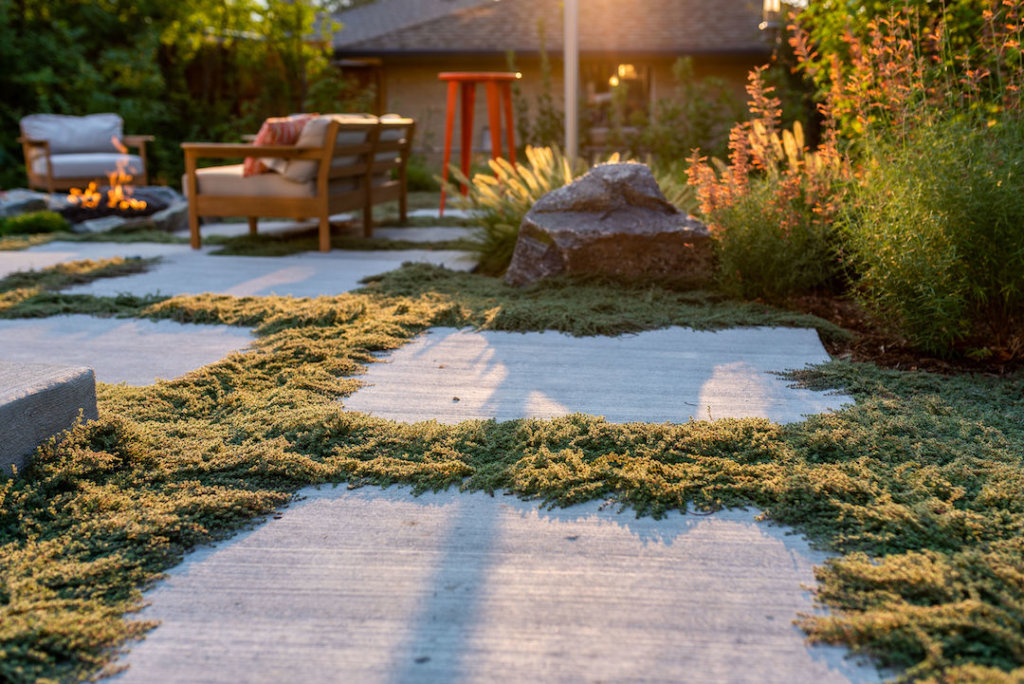
1. Groundcover alternatives
Mowing the lawn can get tiring week after week. So why not substitute high maintenance grass, with an easy, low maintenance and eco-friendly groundcover instead? Groundcovers spread out instead of growing tall, eliminating the need to mow altogether.
Here are our recommended groundcovers for Colorado soils:
Creeping Thyme
This groundcover typically grows anywhere from 1-3 inches tall and is perfect for places with heavy foot traffic. This herb requires very little care, with no mowing and little watering. Creeping thyme is great for Colorado soils and can grow in full sun, partial shade, and full shade. It also blooms with dozens of tiny flowers in the spring.
Sedum
This creeping groundcover grows and spreads to form a mat of succulent leaves. Most creeping seeds can do well in full sun but can also tolerate partial shade. Once they are established, they require no additional watering, making them very water-wise and sustainable.
Ice Plant
This is a hardy-perennial groundcover will bloom for the majority of the summer and fall, growing to about 3-5 inches tall. The foliage of Ice Plant is mostly evergreen, meaning they make a great year-round groundcover alternative to grass. Ice plant thrives best in full sun but can take light shade.
Veronica
This creeping seedwell prefers to grow a sunny spot with well drained soil. When planted, the attractive, deep blue and white flowers will fill in to form a green carpet. They thrive the best with limited water, making them a great alternative to grass.
Irish Moss
This herbaceous perennial only reaches 1-2 inches in height and does not need any mowing when used as a lawn replacement. Irish moss does prefer partial to full shade and little watering. Irish moss has lush moss-like foliage and has little white flowers that will bloom throughout the growing season.
Sweet Woodruff
This sweeping perennial is used best in shady areas as a groundcover. This groundcover requires moderate moisture and will spread quickly when taken care of. The only thing to worry about with Sweet Woodruff is that it is too delicate to be walked on.
Vinca Minor
Low maintenance and pest-free, vinca minor is grown well as a groundcover in shaded areas. It only grows to about 3-5 inches tall, with trailing vines that can get up to 18 inches long. Vinca has a blue flower in the spring and overall is low maintenance. The only drawback here is that it has a tendency to overtake an entire area. This groundcover is also too delicate to be walked on.
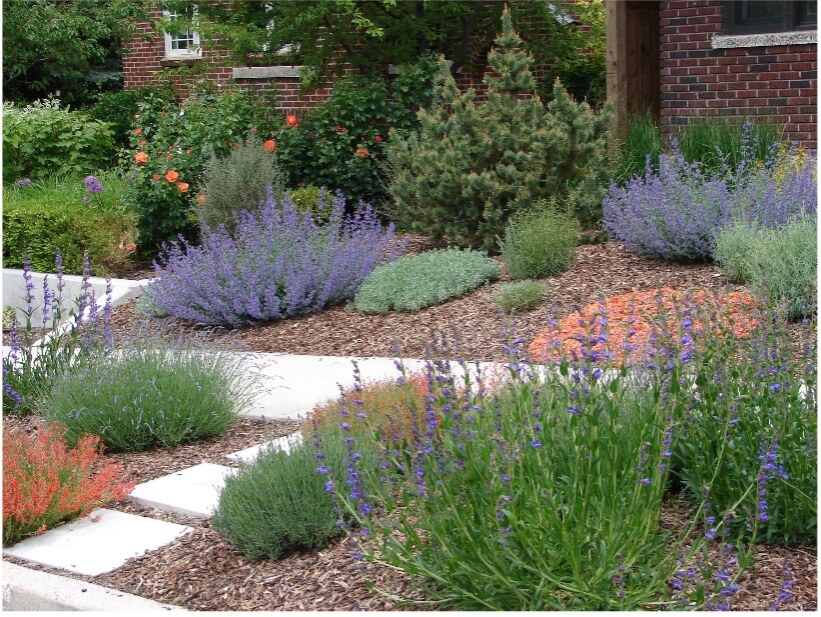
2. Xeriscape Alternatives
Coined by Denver Water in 1981, Xeriscape, by definition, is a style of landscaping that requires little or no irrigation and maintenance, most used in arid regions. Think boulders and rock areas, mulched spaces, and sparse native plantings. Xeriscaping is a unique alternative to grass in the backyard that still looks like it was designed intentionally. If you decide to xeriscape your landscape, make sure to follow the Seven Principles of Xeriscape outlined by the Associated Landscape Contractors of Colorado (ALCC).
3. Edible Alternatives
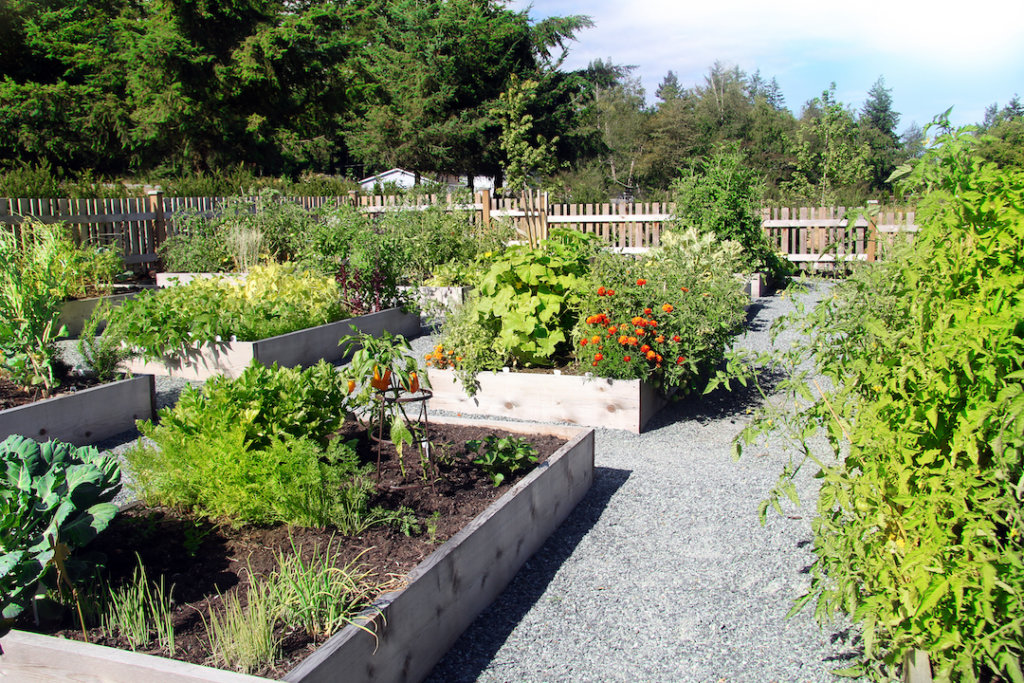
When considering grass alternatives for the backyard, edible gardens and raised planters may the route to go if you are looking to use your space in a productive way. Fruit and veggie gardens do require a fair amount of watering and maintenance, but the yield when harvested is much greater here than with a sod lawn area. Gardens with a purpose are becoming increasingly popular, reducing trips to the supermarket, and saving fossil flues not having to move your fruits, veggies, and herbs across the country.
4. Wildflower Alternatives
A pollinator-friendly alternative to grass yard would be to seed your lawn area with a wildflower seed mix. Wildflower lawn alternatives can promote bees, birds, and pollinators, which helps with biodiversity. Wildflower areas can grow in sun or shaded areas, just be sure to choose a mix that is best suited for your area and what you are trying to accomplish. Most of all, it is important to be patient through this process, growing from seed takes time and it will need some on-going maintenance for a while until it is fully established.
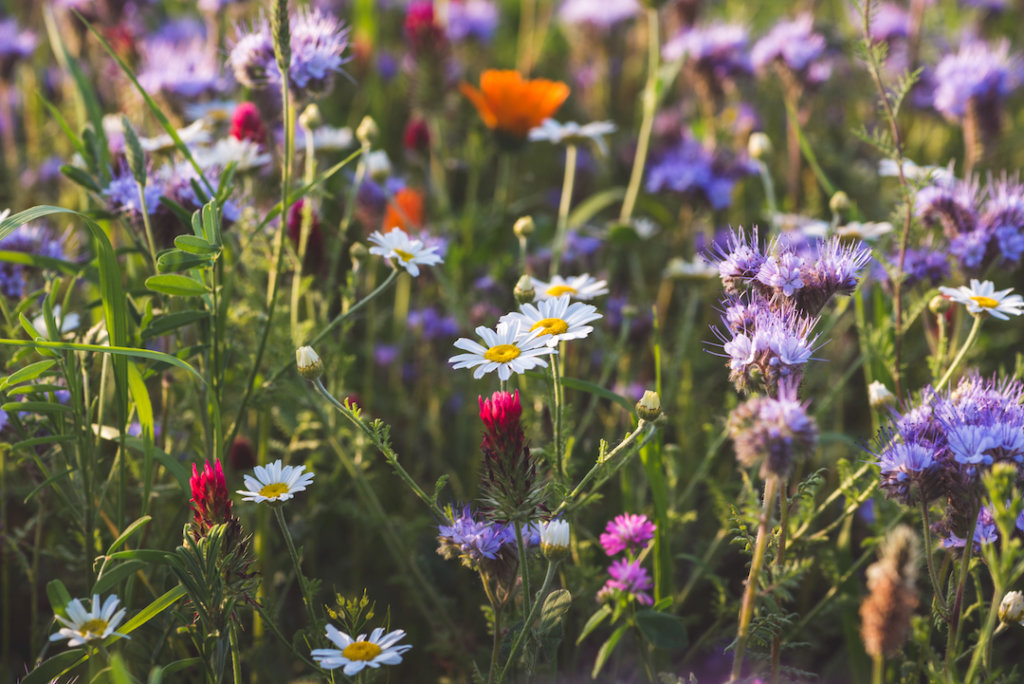
Pollinator Wildflower Seed
A mix like this can be designed to attract birds, bees, and butterflies. Some varieties that encourage pollinator wildlife include:
-Bergamot, Russell Lupine, Lance-Leaved Coreopsis, Purple Coneflower, Sunflower, Siberian Wallflower, Crimson Clover, Chinese Forget-Me-Not, Indian Blanket, Butterfly Milkweed, Lemon Mint, Black-eyed Susan, Plains Coreopsis, New England Aster, Mountain Bee Plant, Showy Partridge Pea, Cosmos ‘Sensation Mix’, and Common White Yarrow.
Low Growing Wildflowers
If you are looking for a meadow to only grow around 12 inches, you may want to consider a low growing wildflower mix for your area. This kind of seed is a great way to get a very classic, vibrant, and natural look in areas calling for smaller blooms. Some varieties of wildflowers that would be good in a seed mix for short blooms include:
Cornflower, Baby’s Breath, Blue Flax, Sweet Alyssum, Chinese Forget-Me-Not, Dwarf Godetia, Siberian Wallflower, California Poppy, Shasta Daisy, Sweet William Pinks, Dwarf Lance-Leaved Coreopsis, Dwarf Plains Coreopsis, Annual Candytuft, Dwarf Red Coneflower, Blanketflower, Tussock Bellflower, Johnny Jump-Up, Snow-In Summer
Perennial Wildflowers
A seed mix with perennials only will provide maximum blooms year after year. In contrast to annual wildflower mixes, perennial wildflowers will include bright, native flowers each year in every color of the rainbow. Here are some wildflower varieties that make for good perennial wildflowers:
Black-Eyed Susan, Perennial Lupine, Lance-Leaf Coreopsis, Sweet William Pinks, Blue Flax, Siberian Wallflower, Rocky Mountain Penstemon, Purple Coneflower, Gray-Headed Coneflower, Shasta Daisy, Dwarf Columbine, and Prairie Coneflower.
Keep in mind when planting a wildflower seed mix alternative that these areas are often targeted by deer and rabbits.
5. Low Water & Drought-Resistant Alternatives
Ornamental and Native Grasses
If chosen correctly, native and ornamental grasses will have low watering requirements, making them a drought-tolerant lush alternative to lawn areas that can sustain themselves in a drought. Grasses are easy to include around hardscaped areas that add a nice texture, sound, and movement, when blowing in the wind. Pro tip: Plant native grasses in rows with the tallest in the back and shortest in the front for a clean, modern landscape look.
Some varieties of native grasses we love to plant include:
Blue Fescue, Feather Reed Grass, Blue Avena, Maiden Grass, Blue Gramma, and Pampas Grass.
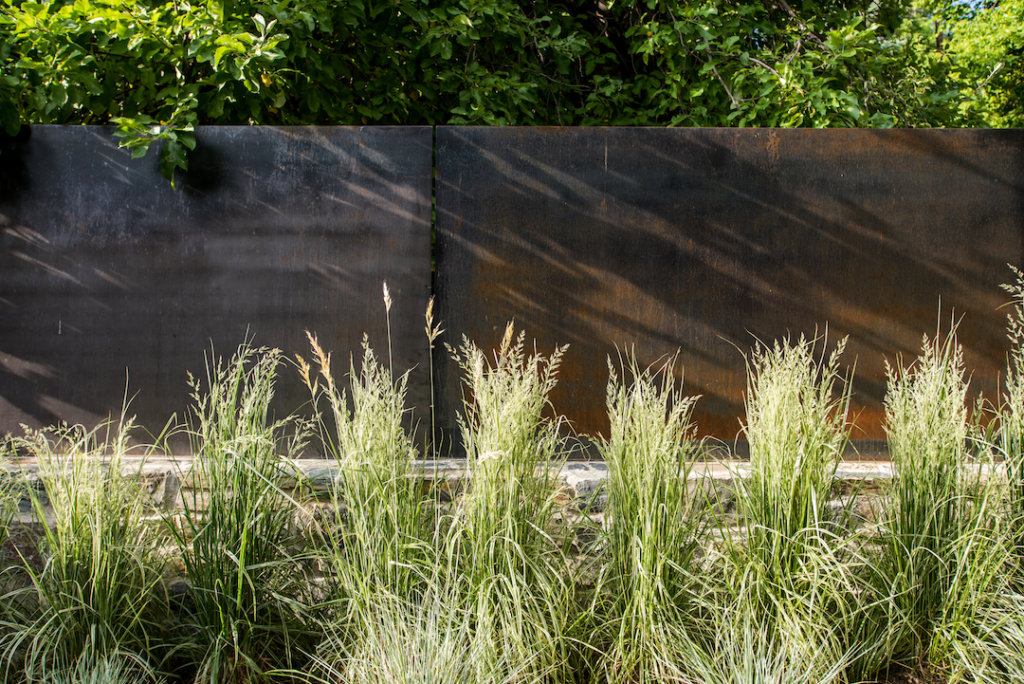
6. Best Alternatives for Dogs and Pets
Synthetic turf or artificial grass has the same look and texture of your typical lawn, without needing to be watered or maintained with a gas-powered mower, thus making it an eco-friendly lawn alternative. Many homeowners stay away from synthetic turf because they are thinking about astro-turf. Luckily, the design and manufacturing of artificial grass has come such a long way and they are not as easy to distinguish from the real thing. Synthetic turf is one of the best lawn alternatives for dogs because it holds up well with pets and will not die due to pet waste.

7. Best Alternatives for Kids and Play Areas
Kids love to run around and play in their backyards. This is part of the reason grass lawns became so popular in the first place. If you are thinking of an alternative to grass for a play area, there are many ways to create a nature playground for kids in the backyard without needing grass. One way to do this would be with a wood mulch area with large logs and boulders to climb on, stumps to stand on, and netting to fall into. Recycled playground mulch is also another alternative to wood mulch that would be great for kids.
For inspiration, check out our blog post for fun backyard design ideas for kids
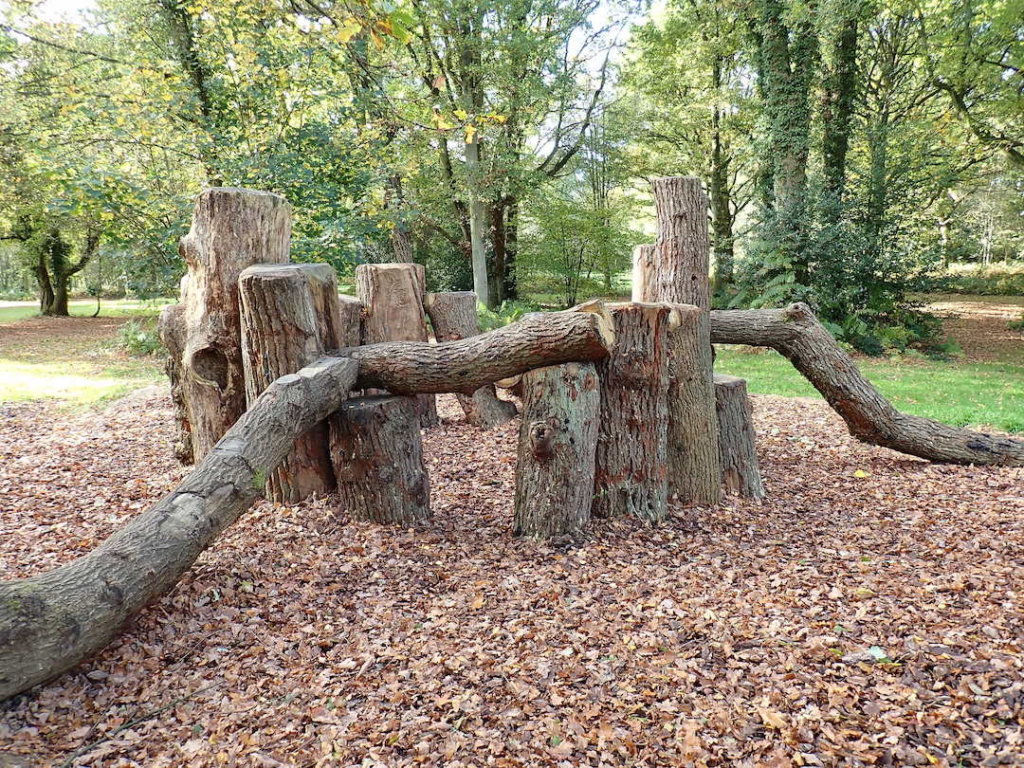
So, What is the Best Alternative to Grass in your Backyard?
The best grass lawn alternatives in Colorado really depend on the look you are going for, the usage planned for the space, and how much effort you want to put in to care for it. Our landscape professionals recommend these three options the most:
- A Xeriscaped yard with rock, mulch, and native plantings
- A groundcover area with low growing but spreading plants
- A Pollinator Wildflower seeded meadow
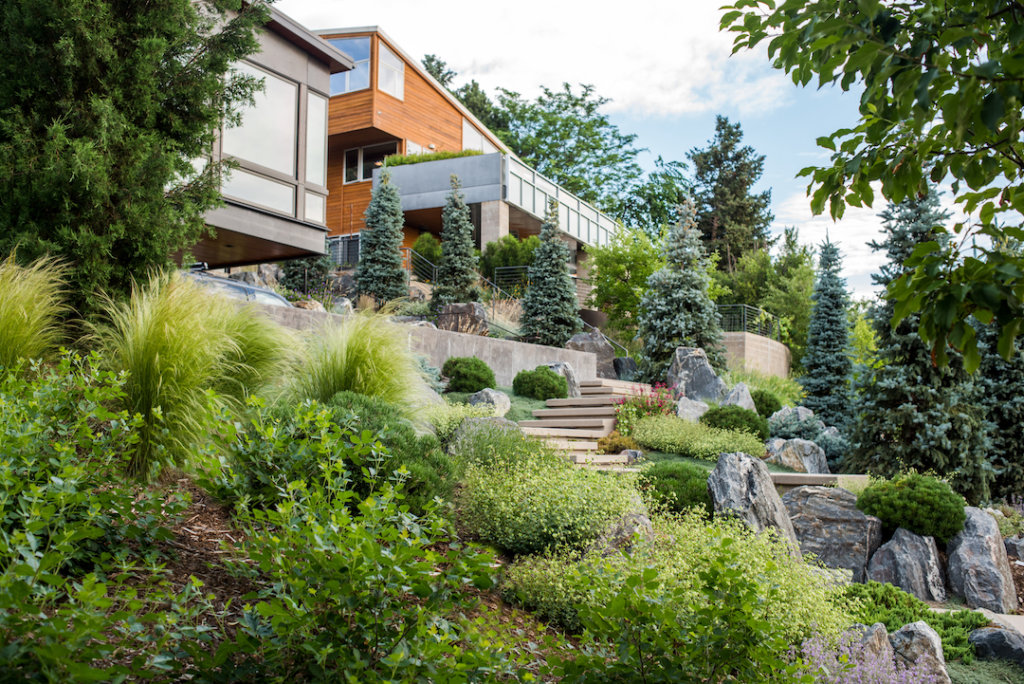
Need Professional Guidance?
We would love to share our landscape services, tree care tips, and expertise with you and help you can find the perfect landscape. We make sure to tailor each project to each clients’ specific needs in order to come up with the perfect landscape solution. If you’re looking for the best backyard grass alternatives, contact us today for a landscape consultation or visit our gallery to view some of our most recent projects!

